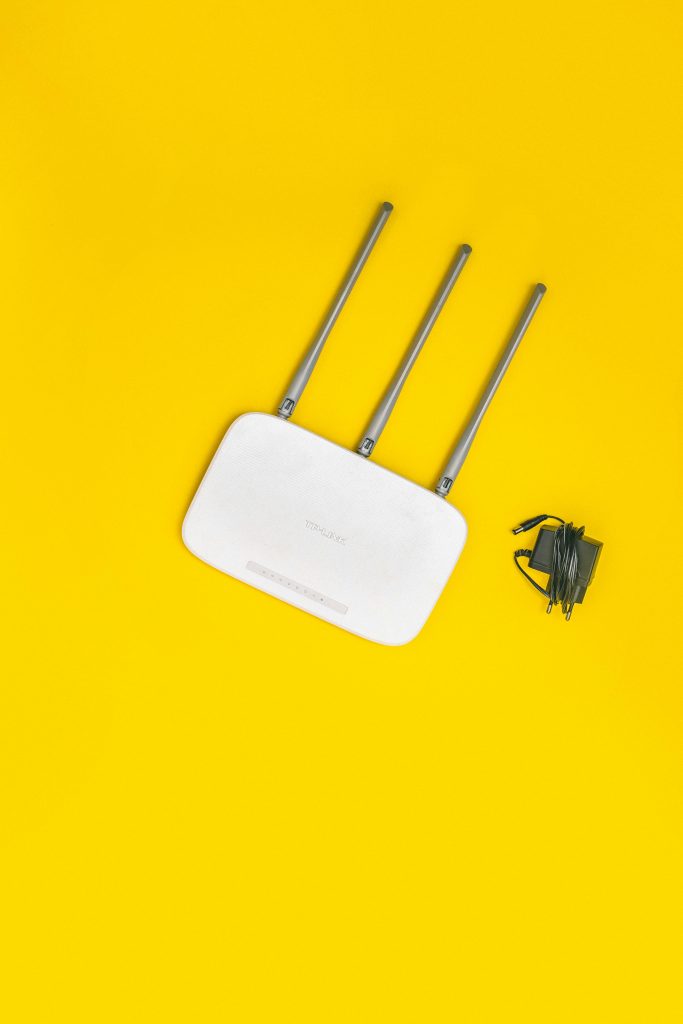Understanding WiFi Speed Discrepancies: My Experience with Xfinity
As someone who is relatively new to the world of WiFi, I recently faced a puzzling dilemma concerning our internet speeds. We utilize Xfinity as our service provider, which promises download speeds of up to 150 Mbps—a figure that seemed impressive at first glance.
Curious to see how our actual speeds measured up, I conducted a speed test while ensuring that no other devices were connected to the network. Utilizing a WiFi adapter capable of reaching speeds of 1200 Mbps, I was quite surprised to find that my download speed was just 25 Mbps. This was significantly lower than what we were expecting.
After some troubleshooting, I decided to try a wired connection. To my relief, this revealed much more favorable results, with download speeds around 160 Mbps. It became clear that the issue was not with Xfinity’s service, but rather with our WiFi setup.
Further investigation revealed that all our devices were connected to the 2.4 GHz WiFi band, rather than the 5 GHz option, which typically offers faster speeds and less interference. To assist others who might encounter similar issues, I discovered an informative video explaining how to connect to the 5 GHz network effectively.
A heartfelt thanks goes out to the community members who offered guidance and contributed to resolving my WiFi woes. If you’re experiencing similar speed discrepancies, consider double-checking your network settings and the bands you’re connected to.
For those interested in learning how to switch to the 5 GHz network, here’s a helpful resource: Connecting to a 5G Network.
Navigating the nuances of WiFi can be tricky, but with a little effort and support, you can optimize your internet experience!
Share this content:




Hi there,
It sounds like you’re on the right track with troubleshooting your WiFi speeds. Since you observed significantly improved speeds when switching to a wired connection, the primary issue appears to be related to your WiFi setup, particularly the band your devices are connected to.
Connecting devices to the 2.4 GHz band can often result in slower speeds due to higher interference and lower maximum throughput compared to the 5 GHz band. To enhance your wireless performance, I recommend:
Additionally, ensure your WiFi adapter drivers are up